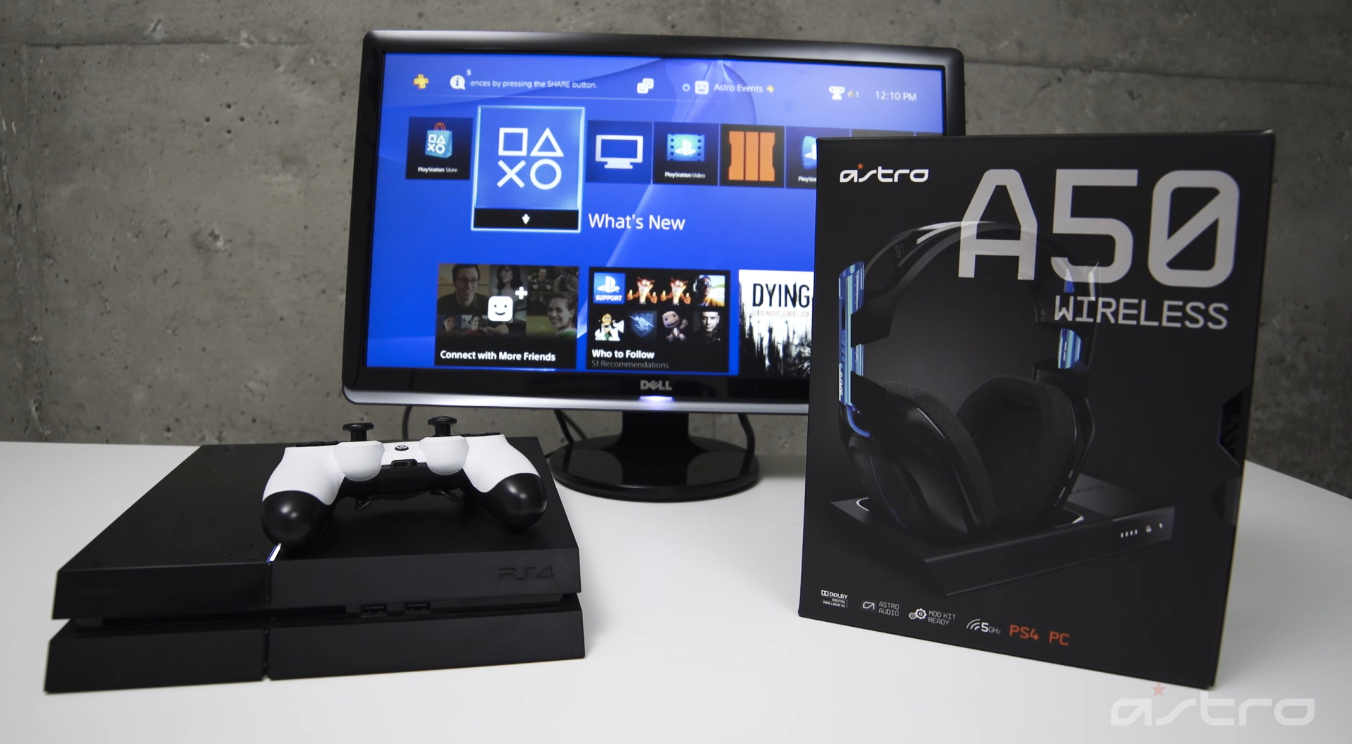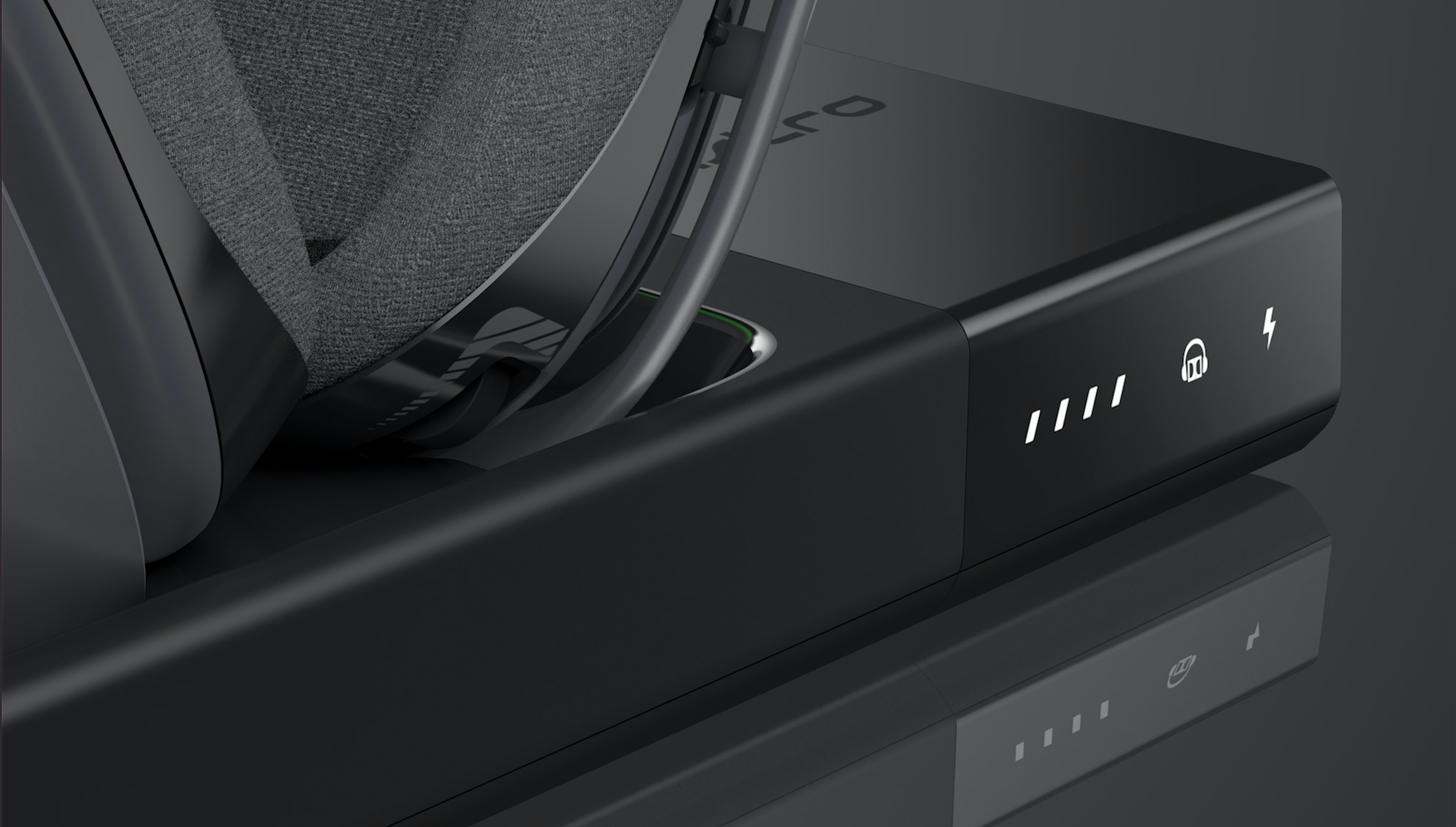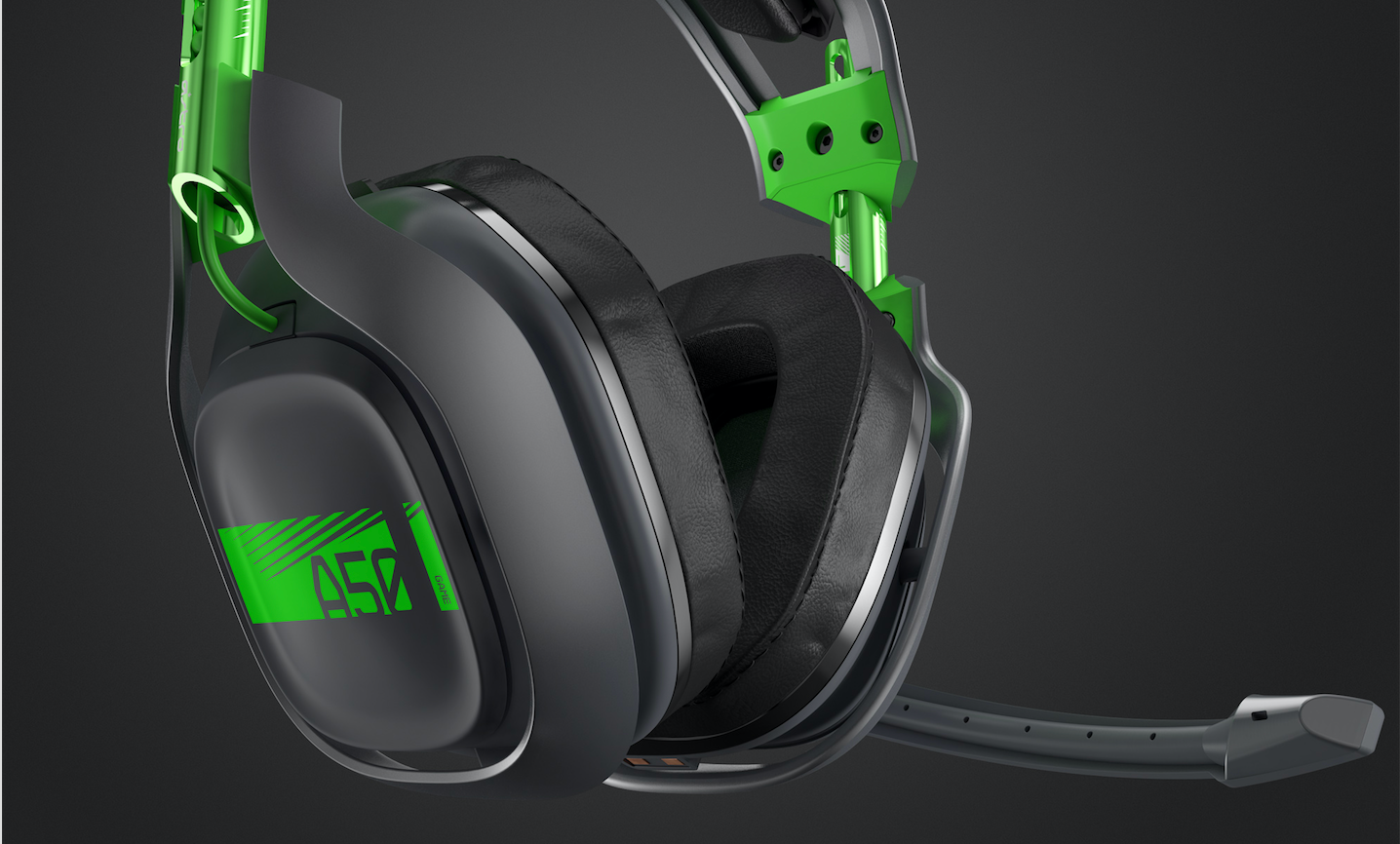Last month DualShockers had the chance to check out the ASTRO Gaming A50 headset and base station. And now that we've had the opportunity to really put it through its paces (after an onslaught of high profile game releases), it's time for a proper review. The ASTRO A50 is the company's flagship headset and at $300 it's also very much a premium product. So can this year's update to the popular headset from tick all the boxes to merit that price point?
If you're unfamiliar with ASTRO, the brand is synonymous with pro gaming, and for the last eight years or so it's carved out a spot for itself in the pro and pro enthusiast market. The A50 is a wireless setup and, while you won't see it at professional tournaments (which opt strictly for hard-wired configurations), you're getting a similar quality audio experience with wireless flexibility that is better suited for living rooms and dorm rooms alike.
The A50 supports 7.1 surround sound with rich highs and deep lows that really help bring your games to life. If you've used the A50s from 2012 in the past you'll notice that this year's headset produces the same high quality audio, but it somehow manages to do so in a lighter package (under 14oz).
I tested the A50s while playing Titanfall 2, Rise of the Tomb Raider, and Call of Duty: Infinite Warfare / Modern Warfare: Remastered. Directional audio was superb in all titles. Titanfall 2 really put the A50s to the test as Attrition matches can get really chaotic during the final moments. But even in the more epic firefights, you never lose the ability to listen and detect where enemy players are.
The moments when Titans come crashing down to earth sounds like they just slammed into my living room because of the bass that comes through here. Another detail to point out is how you can appreciate all of the other audio nuances. In Tomb Raider, the game's soundtrack adds the extra oomph during the more intense moments proving that orchestral scores heard through the A50s can be just as satisfying as over-the-top explosions.
Battery Life
My biggest annoyance from my 2012 A50 headset was (and is) its battery life. Because of its lithium ion makeup (like most smart devices), the battery has naturally degraded and holds less of a charge over time. With this year's A50, ASTRO has cleverly integrated an accelerometer into the headset, which detects when it's being set down on a flat surface and automatically kicks the headset into standby mode. Not only is the battery larger in general but this auto standby adds huge gains to the overall battery life. And because you'll actually be charging less, logic would indicate that the lifespan of the headset should also be longer (a plus considering its price tag).
I purposely put this to the test by setting down my review headset after an evening of gaming on a Monday night. I left it in place for five days. When I picked it up on Friday evening -- the accelerometer detected it as soon as I lifted it up -- and the A50 still had over 50% of it's battery life left. Mind. Blown.
Base Station (more like 'BAE' Station)
This is the most noticeable hardware change to this year's A50 setup. ASTRO's new base station is how your console or PC will send audio and chat signals back and forth to your A50s and it will charge the headset when you're not using it. It also doubles as a means of connecting to your computer for using ASTRO's command center software and (in my opinion) the base station also makes for a snazzy display stand.
The base station has a physical toggle switch for bouncing back and forth between your PS4/Xbox One and your PC. It also features an aux input just in case you're that person who is so incredibly busy that you feel need to take calls while you're playing video games. Or you can just use it to pump some of your own music in the background.
Command Center and Customization
With the launch of last year's TR Mixamp, ASTRO announced their new command center software. With it, ASTRO headset owners can tweak and equalize the audio that comes through the headset (in case the three included pre-sets aren't up to your personal audio standards). Owners can also tweak how their voice is sent out from the microphone. Whats more is that they've also included customization for streamers, including the ability to send full dolby audio to your stream viewers.
With the 2012 A50s there wasn't much room (if any) for customization. This time around you can swap out the fabric ear cups for some leather ones. The same can be done for the headband. This customization comes courtesy of a 'Mod Kit' which ASTRO is selling separately. This doesn't change the experience of the actual headset, but some may find the leather ear cup and replacement headband more comfortable than the default configuration. It's all about preference here.
Final Thoughts
The thing about the original A50 is that there really wasn't much to complain about in terms of functionality. Back in 2012 my biggest gripes with the headset were the battery life and how it connected to each respective console. Xbox was still forcing chat cables on the 360, and my PlayStation always required to be re-configured for some odd reason. Thankfully both of these issues have been resolved this year (and then some).
At $300, it's a bit of a challenge to recommend this to someone who's just picking up a console for casual play. The price just cannot be justified for a casual gamer. But if you're really heavy into gaming (and if you're reading this site, odds are you are) then the ASTRO A50 headset and base station should be taken into consideration heavily the next time you're shopping for a serious gaming headset. It's hands down the best wireless gaming headset you can get... as long as it is within your budget.



